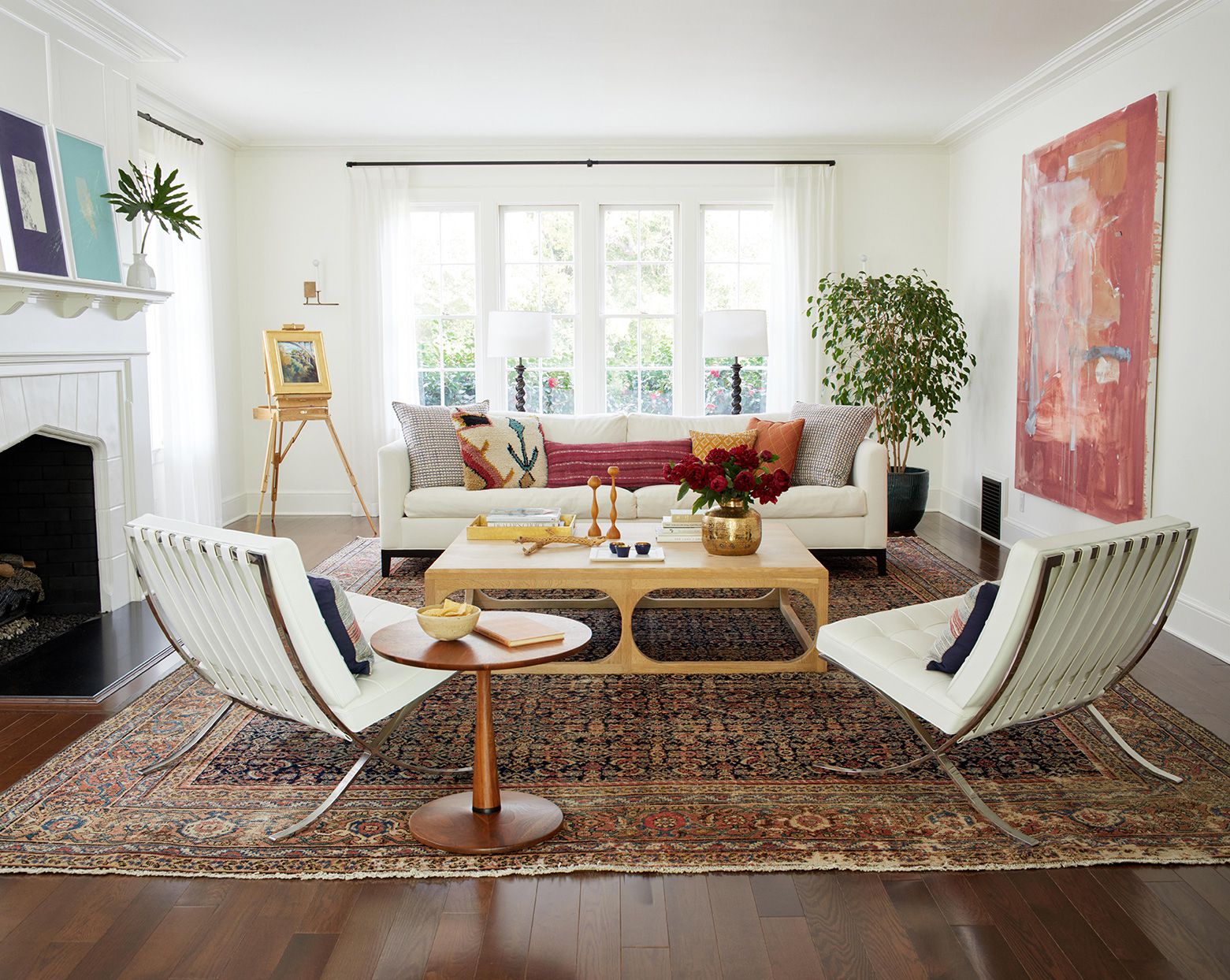A well-planned living room can transform the atmosphere of your home, creating a space that is both inviting and functional. Redesigning your living area involves careful thought about furniture placement, room functionality, and aesthetic appeal. A Remodeling Living Room should be a harmonious blend of comfort and style, tailored to your lifestyle and personal tastes. Whether the space is large or compact, finding the right layout is key to achieving a balanced environment that feels both modern and welcoming.
Understanding Your Space
Before selecting a furniture layout, it is essential to analyze the room’s dimensions, natural light sources, and architectural features. Start by creating a rough sketch of the room, noting the locations of windows, doors, and any built-in elements. This preliminary step helps in visualizing different arrangements and ensures that the layout will complement the space’s existing structure. With this clarity, you can avoid potential issues such as obstructing light or hindering the flow of traffic.
A clear understanding of the room’s purpose is also critical. Ask yourself whether the space will primarily serve as a relaxation zone, an entertainment area, or a multifunctional room where work and leisure converge. Defining the room’s function lays the foundation for subsequent decisions, from selecting furniture pieces to arranging them in a way that maximizes both usability and style.
Planning for Traffic Flow and Functionality
One of the most important considerations in remodeling a living room is ensuring smooth traffic flow. Ideally, furniture should be arranged in a way that creates natural pathways while still defining distinct areas within the room. For instance, arranging seating to face a focal point—such as a fireplace or television—can create a cozy conversation area without interrupting movement. Maintain clear pathways around major pieces like sofas, coffee tables, and entertainment units to prevent the space from feeling cluttered.
It’s also useful to designate zones within the living room. In many remodeled spaces, designers opt for a division between a primary seating area and secondary spaces like reading nooks or small work areas. Creating such distinct zones not only enhances functionality but also contributes to a layered, visually appealing design.
Choosing a Focal Point
Every living room benefits from having a focal point that naturally draws the eye. This could be a stunning piece of artwork, a well-designed media center, or even a statement piece of furniture. Once the focal point is identified, arrange your seating and other key pieces around it. This strategy creates balance and emphasizes the room’s most attractive feature.
When remodeling your living room, consider how the focal point influences the overall layout. A large window with a beautiful view, for instance, might serve as an excellent anchor for the seating area. Alternatively, a dramatic chandelier or a gallery wall can add visual interest and guide furniture placement. By aligning your design with a central element, you create a cohesive environment that feels thoughtfully arranged.
Popular Furniture Layouts
There are several proven furniture layouts that work well in a remodeled living room, each offering unique advantages:
1. Symmetrical Arrangements
Symmetry creates a sense of order and calm, making it an ideal choice for spaces intended for relaxation and conversation. In a symmetrical layout, sofas and chairs mirror each other around a central piece—often a coffee table or a focal point like a fireplace. This arrangement is particularly effective in rooms with a central focal point and can enhance the feeling of balance in larger spaces.
2. Asymmetrical Arrangements
For those seeking a more dynamic and relaxed vibe, asymmetrical layouts can be a great option. This approach involves mixing different sizes and shapes of furniture to create a more organic feel. Asymmetry can lend a sense of informality and creativity to the space, especially when paired with eclectic decor and varied textures. When using this layout, be mindful of maintaining a visual balance even if the pieces are not identical.
3. Zoning with Multi-Functional Areas
Modern living often demands flexibility, and multi-functional zones are an increasingly popular choice. In this layout, the living room is divided into distinct areas for various activities—such as a seating area for conversation, a small desk for occasional work, or a reading nook. This design is particularly useful in open-concept homes where the living room must serve multiple purposes without sacrificing style or functionality.
Maximizing Natural Light and Creating Ambiance
Natural light plays a crucial role in determining the mood and perceived size of your living room. When remodeling, consider how your furniture layout can enhance or detract from the available light. Arrange seating near windows to make the most of daylight, and opt for lighter colors in areas that might otherwise feel dim. Complement natural light with strategically placed lamps and overhead lighting to create a warm ambiance in the evening.
Lighting can also be used to accentuate particular features in the room. For example, a well-placed floor lamp next to a reading chair not only provides necessary illumination but also adds a decorative element to the overall design. Balancing natural and artificial light contributes to a layered and inviting space.
Incorporating Storage and Accessories
In a remodeled living room, efficient storage solutions help maintain a clean and uncluttered environment. Consider incorporating furniture with built-in storage—such as coffee tables with drawers or media consoles with shelves—to keep everyday items neatly organized. Clever storage options not only contribute to a tidy appearance but also enhance the overall functionality of the room.
Accessories play a significant role in tying the design together. Rugs, throw pillows, and artwork can be used to inject personality into the space while complementing the furniture layout. When selecting accessories, strive for a cohesive color palette and design theme that reinforces the overall aesthetic of your living room. Small details like decorative vases or a well-placed mirror can amplify the room’s sense of depth and character.
Tailoring the Layout to Your Personal Style
Every remodeled living room is a canvas that reflects its owner’s taste and lifestyle. While there are many guidelines for achieving a balanced and functional space, the final arrangement should ultimately be a reflection of your personal style. Experiment with different configurations until you find one that resonates with you.
Consider the role of comfort in your design choices. Soft seating, plush rugs, and inviting textures can make the room feel welcoming, while sleek, modern lines may cater to a more contemporary aesthetic. Personal touches, such as family photos or unique decor pieces, can also transform a space, making it truly yours. Don’t be afraid to mix and match styles if they complement each other, as long as the overall design remains cohesive.
Practical Tips for Remodeling Living Room Layouts
When embarking on remodeling projects for your living room, practical considerations should guide your layout choices. Here are some actionable tips to help streamline the process:
- Measure Accurately: Before purchasing new furniture or rearranging existing pieces, measure your space to ensure everything fits comfortably.
- Scale and Proportion: Select furniture that is appropriately sized for your room. Oversized pieces can overwhelm a small space, while too-small items may appear lost in a larger area.
- Experiment with Arrangements: Use painter’s tape to outline potential furniture placements on the floor. This technique can help visualize different layouts without committing to a particular design.
- Consider the Flow: Arrange furniture so that there is ample space for movement between seating areas and other functional zones.
- Balance Form and Function: Choose pieces that offer both style and practicality. Multifunctional furniture can provide additional seating, storage, or even workspace.
Embracing Change and Enjoying the Process
Remodeling your living room offers an opportunity to reimagine your space and express your creativity. It can be an enjoyable process that leads to both functional improvements and aesthetic enhancements. As you experiment with various layouts, keep in mind that design is an evolving art—what works best today may be adapted or refined over time. Embrace the process of trial and error, and remember that each adjustment brings you one step closer to a room that truly reflects your needs and style.
The journey of remodeling a living room often leads to surprising discoveries about how to best utilize the space. By remaining open to new ideas and experimenting with different configurations, you can create an environment that not only meets practical demands but also exudes warmth and individuality. Whether you opt for symmetry, asymmetry, or a dynamic multi-zone layout, the ultimate goal is to craft a space that feels as comfortable as it is stylish.
ARE Seattle – Professional Home Solutions for Seattle, CA Residents
At ARE Seattle, we take pride in delivering expert HVAC maintenance, mold remediation, air duct cleaning, chimney sweeping, and home addition services to homeowners in Seattle, CA. Our professional team ensures exceptional results with every project. Contact us at 425.416.0017 or visit https://www.areseattle.com/ to schedule your service today!


